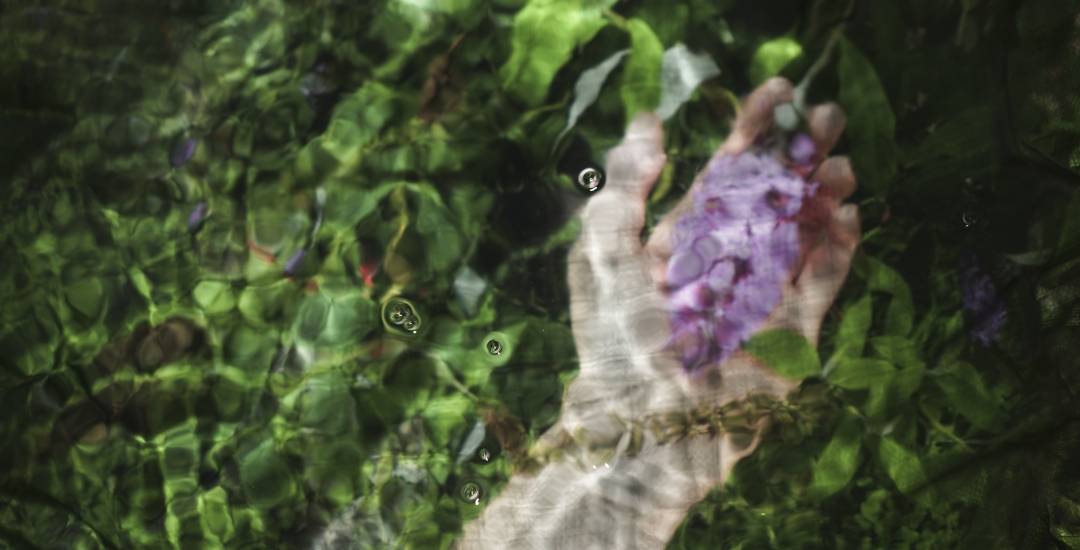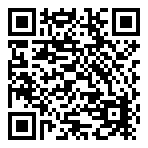
James Autery: Agnosia – Opening Reception
Tanja Grunert Gallery is excited to present Agnosia, the first one-person exhibition of the video artist James Autery. The exhibition consists of seven single-channel video works in a blacked-out space illuminated by candle light.
The exhibition presents video works from Agnosia, Autery’s filmic exploration of seeing for the first time. Autery takes his inspiration from M. von Senden’s Space and Sight, a philosophical analysis of people born blind, but later regained their vision through surgery.
By reducing vision to its individual elements, such as shape, distance, perspective, movement, and even space, Agnosia offers an investigation into the limits of human perception.
True self-awareness is being aware of outside the self. The artist, the scientist, the philosopher, the spiritualist–all have something in common at the core. To explore the self by exploring outside the self. So, what does that mean, to explore outside the self? Through the use of science, poetry, abstract thinking, psychedelics, we are able to understand that we are far more than Newtonian physics. Quantum physics describes an entangled Universe. Magic mushrooms connect us physically and spiritually with nature. Meditation, prayer, creative expression–these can no longer be dismissed as solely a faith-based search. They are equally as valid as a true instrument for understanding the real.
There is a three-pronged endeavor with the collaboration of philosophical, psychological, and medical science that really came to a realization in 1932 with the publication of Space and Sight by M. von Senden. That realization is that Space is a visual concept. Senden analyzed case studies of the congenitally blind gaining vision for the first time after years of blindness through cataract surgery. Patients that were born blind could now see, and this was a perfect opportunity to study the self by means of studying outside the self.
What does vision mean? It is, quite arguably for those who have it, the dominant sense. What are we taught as children that we forgot as babies, fresh out of the womb? Senden’s theory has been backed by new case studies happening in India today with the organization Project Prakash. I was almost lucky enough to work with Project Prakash in India, to film the newly sighted after making a mini documentary on their work with autism in Boston. Unfortunately, that opportunity fell through, but the ideas I formulated clung to my psyche for years after. Now, making it on my own, I have the freedom to really go after what Senden and others since have theorized. The focus is creating a learning process of understanding the visual concepts that we base our building blocks of a reality based in vision. These concepts, although perhaps not directly influencing all of contemporary science, are deeply entrenched in the collective consciousness and is inescapable in our everyday concept of what the hell is going on. Concepts like space, distance, object recognition, shape, perspective, illumination, and really, individualism. Without these, we would see a formless world of colors bleeding into each other, an entangled mass of aura.
There are three tools I’ve used to explore this idea. The first are any writings on the subject that I’ve been able to get my hands on. The second is drawing upon my past experiences with psychedelics, particularly mushrooms.
If anyone reading this negates the plausibility of learning anything of the real through the use of psychedelics, just consider this. Our brain is a smattering of chemical interactions, engaged by electrical impulses, sparked by our senses (more or less). If you tweak that chemistry, just a tiny bit, then you perceive the Universe in an entirely different way. If you consider this from an evolutionary stand point, the chemistry in our brain and the senses we’ve developed is merely circumstantial. I view that anthropocentrism is of a similar erroneous nature that Aristotelian cosmology has, and the negation of psychedelics as a tool for scientific and spiritual discovery makes the same mistake. This is the belief that in order to understand the Universe, our born perspective is our only ruler to measure with. It is a mistake to limit our understanding so severely. So, by tweaking our chemistry, we are able to see the exponential change in world view, and thus realize how little we know. A triangulation of perception, if you will.
The third tool I’m using is artistic exploration. I believe that a paint brush can be just as important in exploring as a microscope. The scope of this project is to create a visual model for seeing for the first time, tabula rasa. To lay it out in visual form as best I can so that one can look at it. By finding my own short-comings in this endeavor (and the inherent impossibility of recreating the novelty of actually experiencing sight for the first time), hopefully something more may be learned.
James Autery is a filmmaker and photographer based in New York. His current project is a study in stillness bound in a backdrop of motion with the use of video. His previous work had a focus in photojournalism and art photography. Autery’s subjects have included children with autism, train-hoppers, communities in the wake of Superstorm Sandy, a machinist in the Mojave Desert, and a Korean family living in Missouri. His work is focused on the universal inner strength of people, and in the still moments of fleeting life experiences that seem to branch out into their own unending existences.
Autery has had exhibitions with Second Ward Foundation, Film Makers Cooperative, Areté Venue and Gallery, Next to Nothing, Hudson Eye, Hudson Hall, Minneapolis Photo Center, and Center for Contemporary Arts Santa Fe. He has been an artist in residence with Second Ward Foundation for three years and was awarded the NYSCA Electronic Media/Film fund in partnership with Wave Farm’s Media Arts Assistance Fund program.


